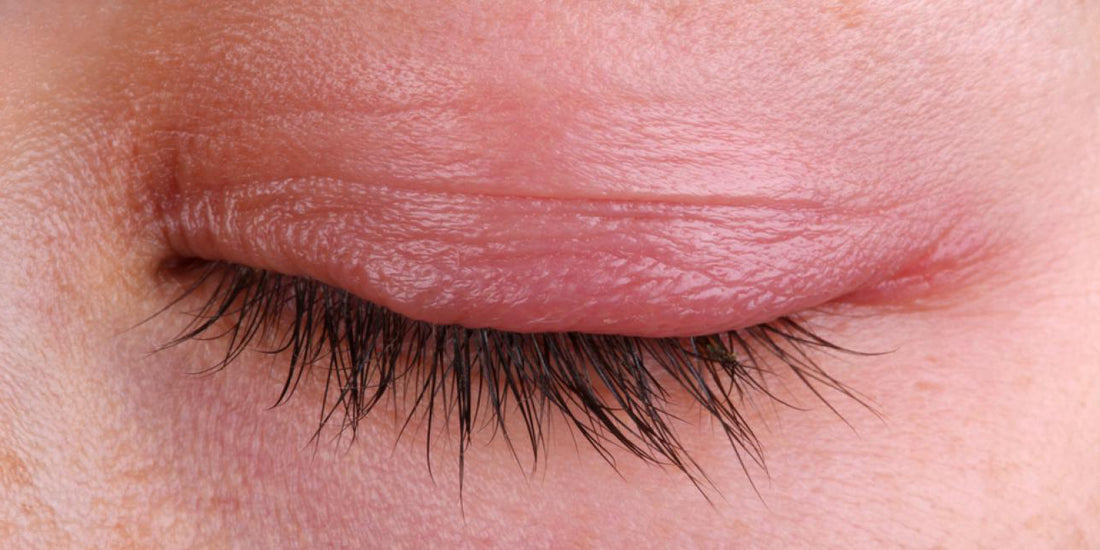
What is blepharitis?
Share
The short answer is that blepharitis is an inflammation of the eyelids.
Have you ever looked into the mirror and noticed that your eyelashes had crust or flakes in them - especially near the bottom - where they grow out of the eyelid?
Or perhaps you've noticed perennial dusting of flaky particles inside your glasses?
Maybe you're prone to recurrent sties, or the edges of your eyelids seem chronically red or pink Do your eyes sometimes feel gritty and your eyelids heavy, especially when you read?
All of these problems can be associated with blepharitis, or inflammation of the eyelids a distinctly unglamorous condition that can be summed up as a sort of "eyelash dandruff."
Several things can cause blepharitis. By far the most common is seborrhea, a disorder of the oil making sebaceous glands, in this case the ones at the base of the eyelids, that causes them to secrete more oil than usual.
People who have seborrhea elsewhere, for example, on the scalp, brow, or face and/or oily skin may also be prone to this form of blepharitis, which is not infectious.
However, it is important to note that people with seborrheic blepharitis often have a secondary bacterial infection on their eyelids. Because more than one problem is at work here, this is called a mixed blepharitis. This infection, in turn, can cause trouble of its own-namely, chronic conjunctivitis with recurrent corneal infections. Its symptoms may include extra sensitivity to bright light, pain, tearing, redness, blurred vision, and mucous discharge from the eye. Furthermore, in some cases, the bacteria can infect the glands lid margins and lead
of the eye to recurrent sties and chalazia. Misdirected, broken, and missing eyelashes are also common with this infection.
How to treat blepharitis?
Blepharitis is often a chronic condition, the two main goals are to get it under control and then to keep it that way.
Lid hygiene and warm compresses are the mainstay of treatment for blepharitis, especially the seborrheic form. Cleaning the eyelash bases and applying warm compresses regularly will cut the build-up of secretions by the over-active sebaceous glands.
So, the best thing is to do a warm compress of the eyes first, then wipe your eyes with a clean cloth. See below instructions.
If you're dealing with a bacterial infection on the eyelid margin (as ina
a mixed blepharitis, as described above), you may also need antibiotic and/or steroid drops or ointments, so consult your doctor. Many people with blepharitis must use some combination of treatment for months or even years to keep this condition under control especially those with chronically recurring chalazia.
How to clean your eyelids with a warm compress?
- Place a clean cloth in warm water, but not too hot, and wring it out slightly.
- Place the cloth over your closed eye.
- When the cloth becomes cool, repeat the previous steps.
- Keep this up for at least ten to twenty minutes at a time.
- Do this at least twice a day.
How to clean your eyelids with an eyelid wipe?
- Use a drop of baby shampoo (it's gentle on the eyes) onto a fresh clean cloth, add water, and make a mild lather.
- Close your eyes (this is important!).
- Gently rub your lashes with the lathered cloth, going "with the grain" over the lashes – upward motions on the upper lashes and downward motions on the lower lashes.
- Rinse thoroughly with warm water and always clean your cloth fully for future uses.
- Repeat at least twice a day, or as directed by your healthcare professional.
- Alternatively, use a one-use eyelid wipe cleaner.